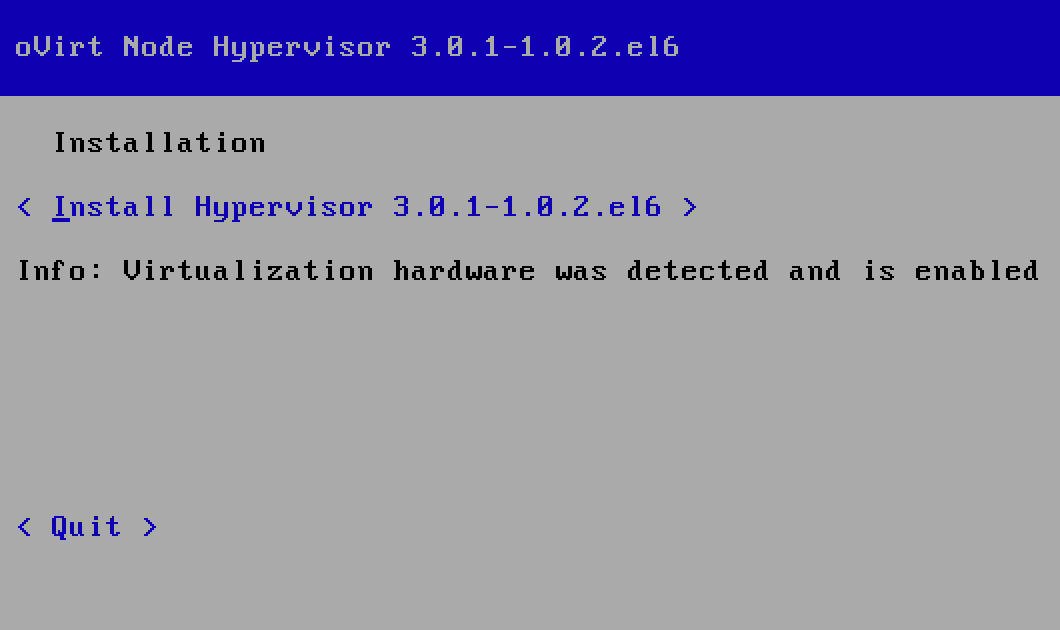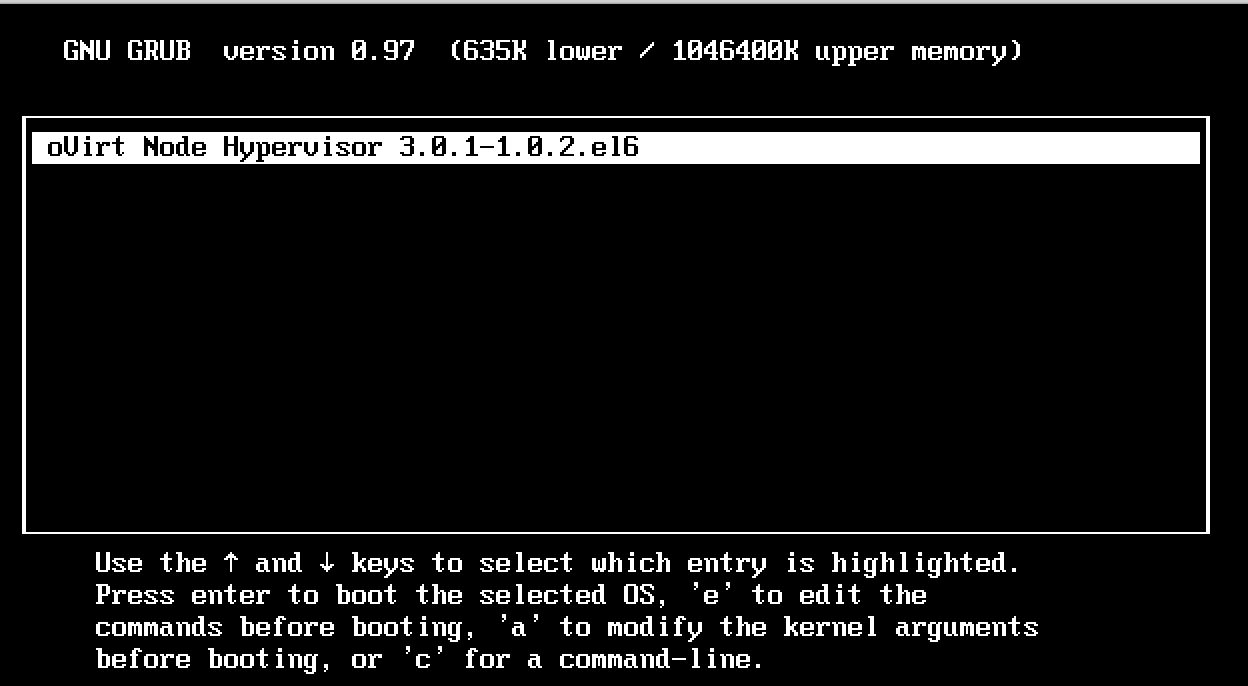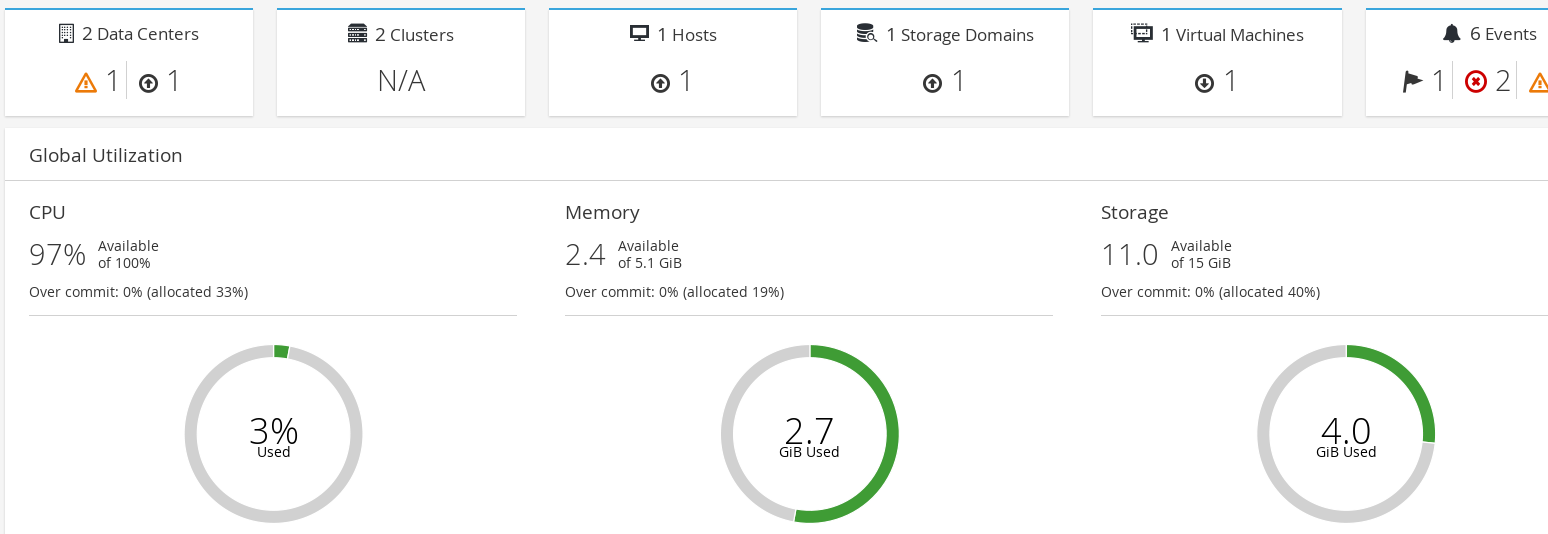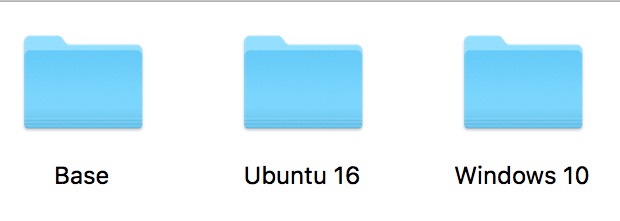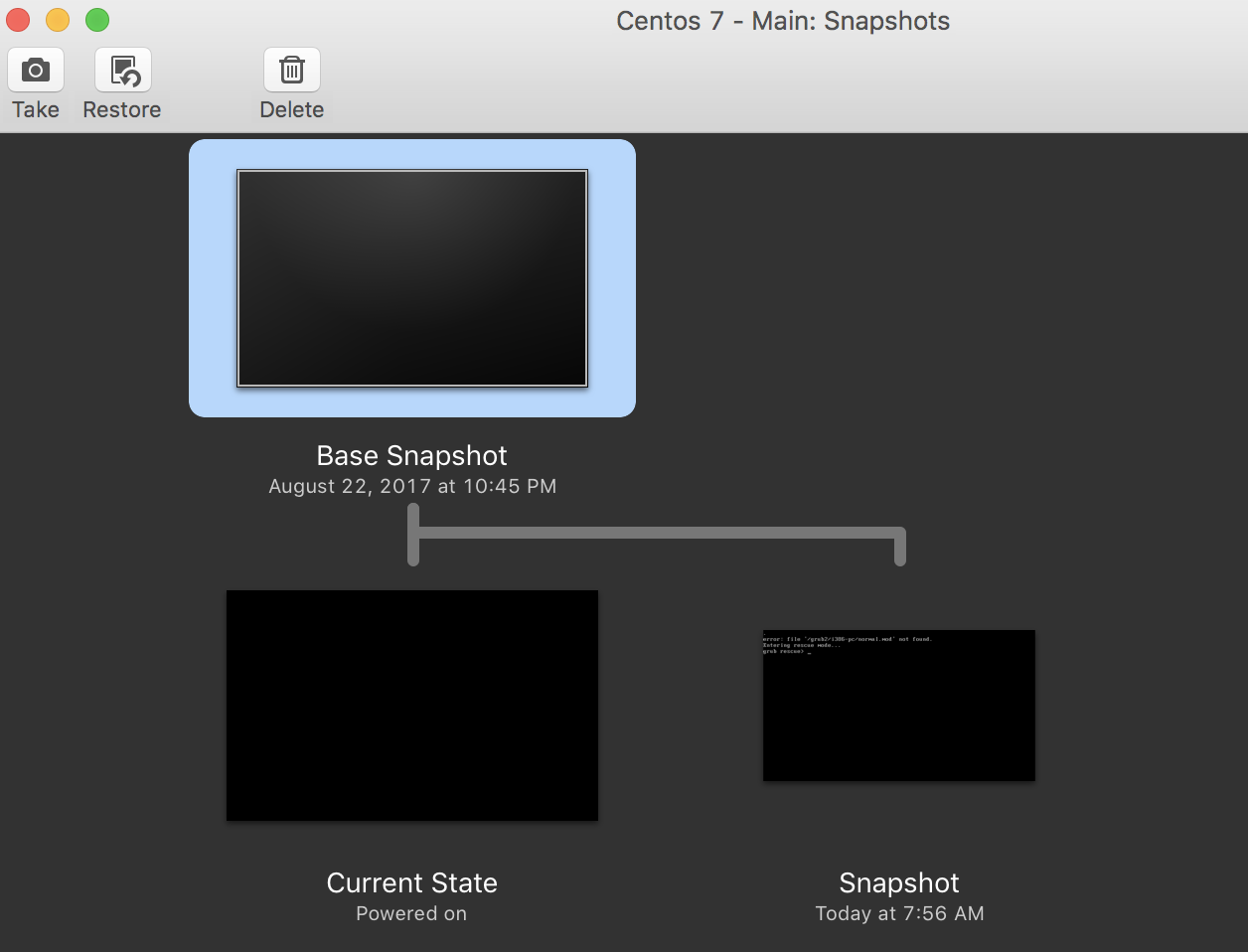As with most environments, even cloud environment comes with its associated risks. The European Union Agency for Network and Information Security (ENISA) framework is designed for organizations who are planning to evaluate risks related to the adoption of cloud computing technology.
It also helps cloud computing providers to follow a list of steps mentioned in the framework as a part of their compliance program. The main aim of ENISA is to improve the overall network and information security in the European Union.
The fourteen points mentioned in the ENISA framework will help an organization to evaluate an appropriate cloud provider. This point acts as a question and answer where points will act as questions and we need to evaluate the answer to that question from the cloud provider.
Let's look into some of the important points that are a part of the ENISA framework:
- Personnel security: Many points are formed as a questionnaire that an auditor assessing the cloud environment can ask and get the appropriate response in terms of yes or no:
- What are the policies and procedures in place, while hiring IT administrators or others who will have a system's access?
- There must be employee verification in place that checks background information related to employees such as criminal records, nationality, and employment history. You don't want a person who was part of a hacking scandal to be employed or have system access as a part of the new job for cloud providers.
- It also talks about giving strong educational-based security training to employees for protecting the customer data.
- Supply chain assurance: All cloud providers in one way or another rely on some outsourcing company for certain tasks that would be done on behalf of the cloud provider. This applies specifically to cloud providers who outsource certain tasks that are important to security for third-party providers:
- CSP should define what services are being outsourced to sub-contractors. It may happen that some cloud providers might outsource certain operations that might be key to security.
- Are there any audits performed on these contractors? If yes, what kind of audit and how often?
Let's consider an use case. There is an organization that deals with payments. When handling sensitive information, security operations monitoring is an integral part. There needs to be a huge investment in purchasing a SIEM solution, and on top of this, an organization has to hire many security analysts, security engineers, and incident response team members, which would lead to additional cost. This is the reason why many organizations decide to outsource their security operations center (SOC) operations to manage service provider. At the point of supply chain assurance, it is important to know whether audits are performed on these contractors to ensure that they are not leaking any information.
- Operational security: One of the important areas to assess a CSP is the operational security. There are specific areas of operational security that are classified under the ENISA framework:
- Change control.
- Remote access policy that determines who can access and what type of access is granted.
- Operating procedures that basically deal with installing and managing various types of OS.
- Staged environment determines if there are Dev, staging, or production environments and how are they separated. It also tell us how the new code update is tested. Ideally, it should be first tested in Dev, then in staging, and then moved to production.
- Host and network controls should be employed to protect the system hosting the application and information related to the customer. These controls can be IDS/IPS systems, traffic filtering devices, and other appropriate measures.
- Malicious code protection to protect against unwanted malicious code such as viruses. The measures include anti-viruses, anti-malware, and other mechanisms.
- Backup policies and procedures related to audit logs in case any unwanted event has occurred and needs investigation. It also talks about how long these audit logs are stored, how is it protected from unwanted access, and how it maintains the integrity.
- Software assurance: It basically defines how a CSP validates that the new software that will be released and put into production is fit for purpose and does not contain any backdoor or Trojan. It verifies if there is any penetration test conducted on the new software. If new vulnerabilities are discovered, it checks how are they remediated. These tests should be based on industry standards such as OWASP.
- Patch management: CSP should be able to describe the procedure they follow for patch management activity. It also dictates that patch management should cover all the areas such as OS, networking, applications, routers, switches, firewalls, and IDS/IPS.
- Network architecture controls: What are the controls to protect against DDoS attacks? Is the virtual network infrastructure protected against both external as well as internal attacks such as MAC spoofing and ARP poisoning, and are the following isolation measures such as VM isolation and segmentation with help of VLAN, traffic shaping controls?
- Host architecture: Are VM images hardened? Generally, hardening guidelines should follow the best practices specified in various industry standard benchmarks such as CIS. Along with this, hardened VM should also be protected against any unauthorized access, both internally and externally.
- Resource provisioning: Since the resources are generally shared, in case of resource overload (CPU, memory, network, and storage) how will CSP prioritize the requests? How fast can a CSP scale when needed? What are the constraints related to maximum available resources at a given point in time?
- Identity and Access Management (IAM): IAM deals with the access control-related policies and procedures to ensure that any access given to the system is controlled, up to a point, and is justified according to the business requirement. There are a few important points to be assessed as far as IAM is concerned; it can be classified as:
- Are there any accounts with system-level privileges for the entire cloud system?
- How are these system-level accounts with high privileges authenticated? Is there a Multi-factor authentication (MFA)?
- Are there any controls for allowing customers to add new users with specific control to customer environment?
- What are the processes in de-provisioning the credentials?
- Business Continuity Management (BCM): BCM deals with ensuring how, in case of any disaster, a CSP will ensure that the services are backed up. It also defines various things related to SLA, recovery timing, and similar things. Points related to this section are as follows:
- CSP should have a sound procedure and guidelines to survive the event of a disaster to ensure continuity of business. It includes:
- How will CSP inform customers in the case of disruptions?
- What are RPO and RTO?
- Does CSP have priority of recovery? Typically, high, medium, and low.
Apart from the 10 points for the ENISA framework that we covered, there are various other controls which are present; these controls include:
- Data and service portability
- Physical security
- Incident management and response
- Environmental controls
- Legal controls
If you are interested in studying the entire ENISA framework, then I would recommend you to go to their official website, where the entire documentation related to all the points is covered.
We had a high-level overview of the ENISA framework and how it helps an organization select an appropriate cloud provider. We will continue further with understanding in detail some of the important aspects of the selection.
